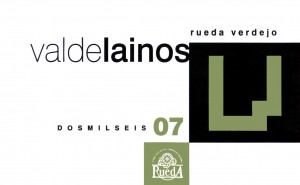I recently opened a bottle of wine from Volteo with temperature-sensitive ink in the label that turns blue when the wine is at the optimal serving temperature (a la Coors Light).
Note in addition to the outline of the horse and rider, the phrase “Drinking Temperature O.K.” appear on the side. The example animation above, from the Volteo website, exaggerates the effect a bit. Below is a photo I took of the bottle I had (a white wine from the same producer).
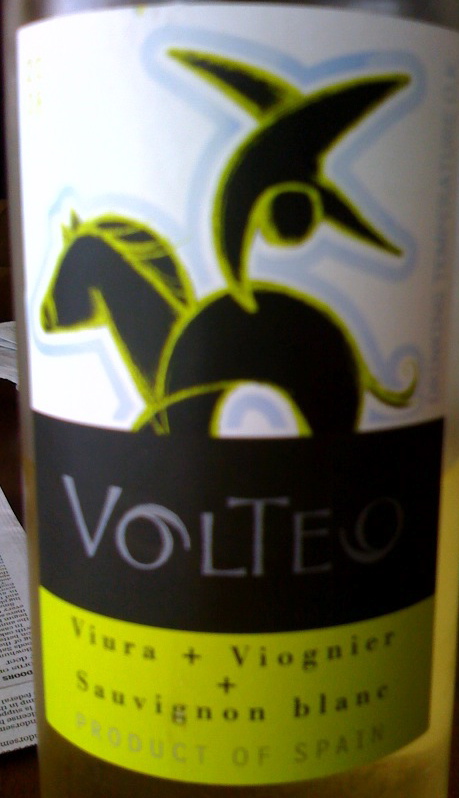
I understand this technology has been around a while (it was mentioned in Time’s Coolest Inventions 2004), but I think this is the first one I’ve run across and I wish they were more common. I frequently pull my whites from the wine cellar/mini-fridge soon before dinner and throw them in the regular refrigerator to cool another 5-10 degrees. I hate pouring a glass too soon. (Unlike Gary V, I like my whites cool.) This would be useful for reds, too. I don’t believe in “reds at room temperature” meaning my house’s 72 degrees. The general rule for reds is around 60-64 degrees. Now, normally, I’m pulling them from the cellar and they need to warm up a few degrees, but you could watch for the blue to disappear, I suppose.
In terms of aesthetics, If a winery doesn’t want to integrate it into their front label design like they did on the Volteo, it could just be a smallish square on the back label.
So what do you think? Would you find this helpful? Do you run across them very often? If you know of other wines using this in their packaging, leave a comment please.
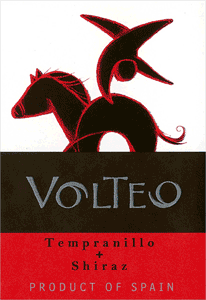
 I typically look for wines with specificity: a single grape variety, a single vineyard, etc. I like to think I can learn more that way and that I’m getting a truer essence of something or other. But I’m also a sucker for interesting blends. I imagine the best qualities of each grape marrying together into a delicious whole. I’m especially a sucker for Viognier in the blend, as I assume it will add that I-could-sniff-this-all-night floral quality to the nose. So that’s how I ended up picking this bottle up on a recent trip to the wine shop.
I typically look for wines with specificity: a single grape variety, a single vineyard, etc. I like to think I can learn more that way and that I’m getting a truer essence of something or other. But I’m also a sucker for interesting blends. I imagine the best qualities of each grape marrying together into a delicious whole. I’m especially a sucker for Viognier in the blend, as I assume it will add that I-could-sniff-this-all-night floral quality to the nose. So that’s how I ended up picking this bottle up on a recent trip to the wine shop.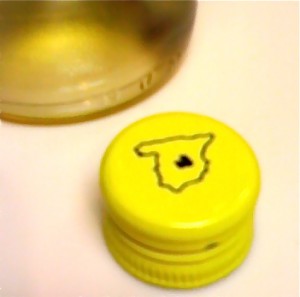
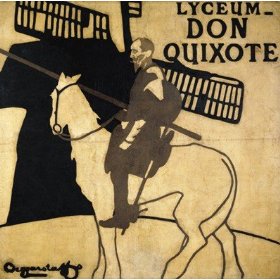
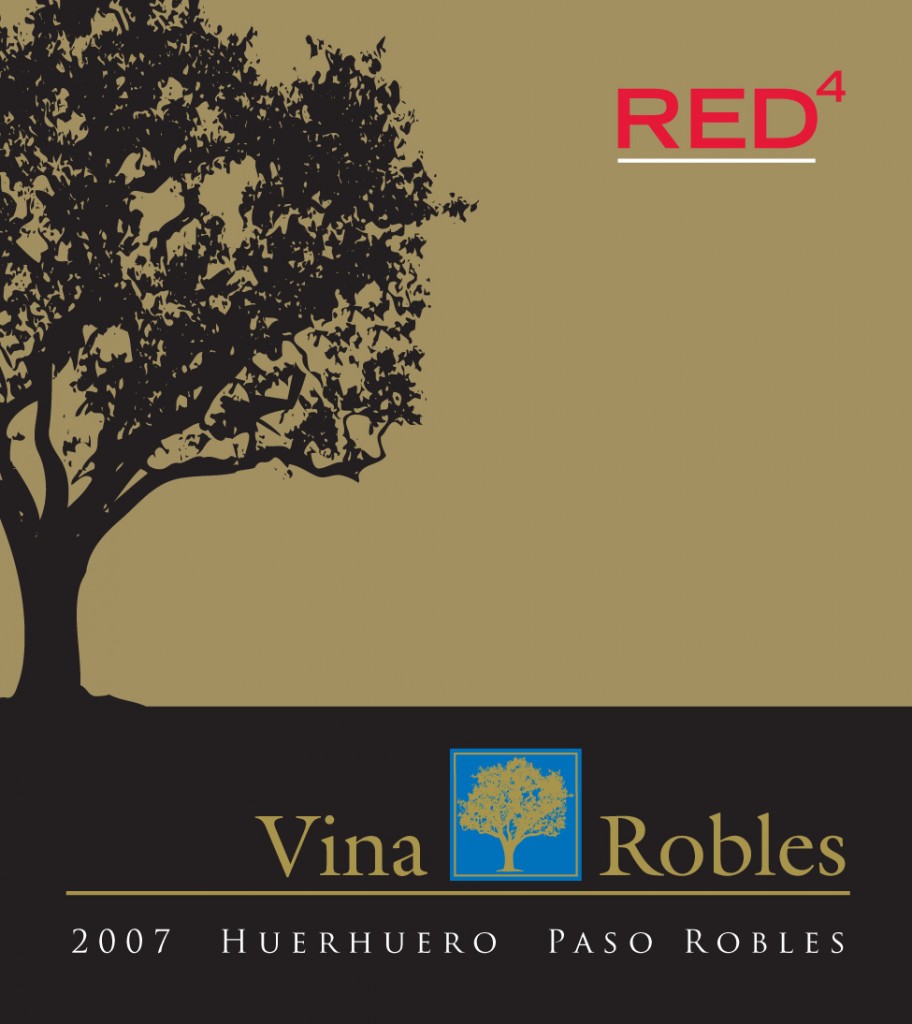 This wine had a lot of “shelf appeal” for me. First off it’s from Paso Robles and it’s got the vineyard named on the label. Yippee! Then I see that it’s a blend of Petite Sirah, Syrah, Tannat and Touriga Nacional. Geek-tastic!
This wine had a lot of “shelf appeal” for me. First off it’s from Paso Robles and it’s got the vineyard named on the label. Yippee! Then I see that it’s a blend of Petite Sirah, Syrah, Tannat and Touriga Nacional. Geek-tastic!
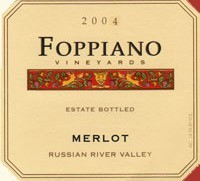

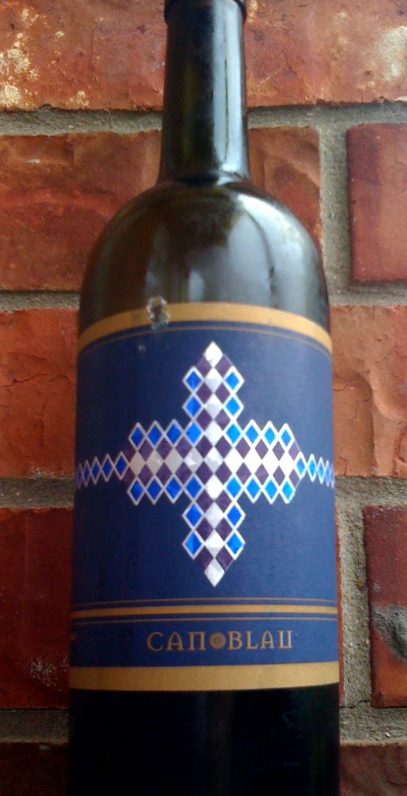 Okay, maybe you’re getting tired of me posting about Montsant, but I’m going to keep trying them as long as they keep impressing me. Let’s check this one out.
Okay, maybe you’re getting tired of me posting about Montsant, but I’m going to keep trying them as long as they keep impressing me. Let’s check this one out.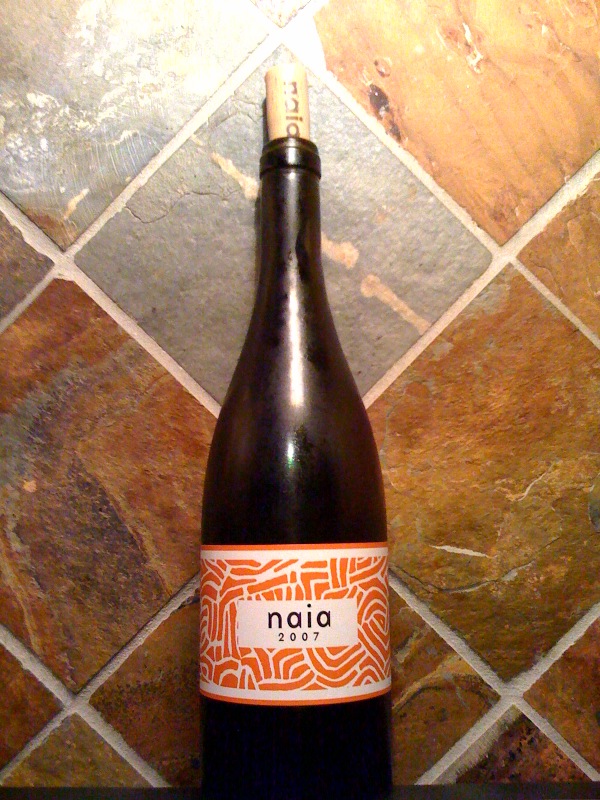 After having a very nice Rueda Verdejo last week, this bottle caught my eye when I was at the wine shop. I opened it for tonight’s penne with pesto, potatoes and green beans.
After having a very nice Rueda Verdejo last week, this bottle caught my eye when I was at the wine shop. I opened it for tonight’s penne with pesto, potatoes and green beans.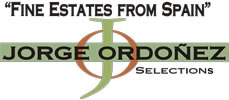
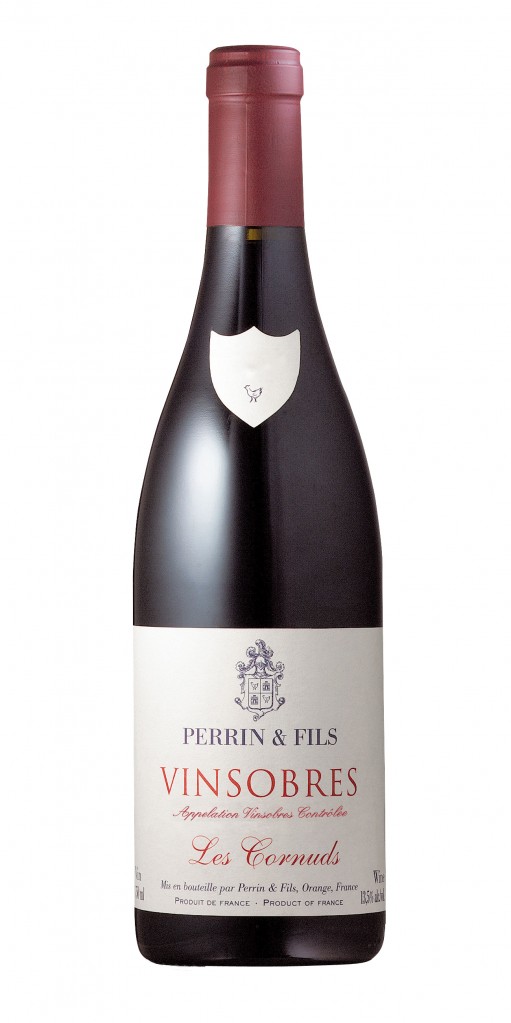 Perrin & Fils is a producer that always catches my eye. I’ve had a number of very good bottles from them and no bad ones. So when I saw this bottle at Costco from an appellation I’m not familiar with and a couple of nice scores (91 WS and 90 RP), I couldn’t resist.
Perrin & Fils is a producer that always catches my eye. I’ve had a number of very good bottles from them and no bad ones. So when I saw this bottle at Costco from an appellation I’m not familiar with and a couple of nice scores (91 WS and 90 RP), I couldn’t resist.
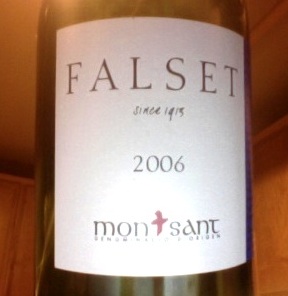 Producer: Falset Marçà
Producer: Falset Marçà
